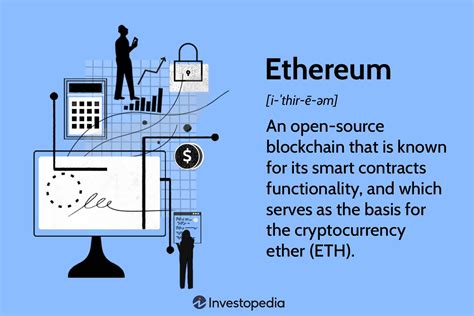وبلاگ
Ethereum: How is a Transaction ID generated & when does it change? (with a new sequence ID?)
Understanding Ethereum Transaction IDS
Ethereum client, you are likely familiar with the concept of translation IDs (Txids) on the Ethereum blockchain. In this article,
Transaction ID Generation
A transaction ID is an 18-Byte hexadecimal string that represents a single bitcoin transaction. The Generation Process Involves Several Steps:
1.
.
- Transaction Id Generation :
The txid is generated in two parts:
* Block hash

:
* Merkle root :
Txid Generation Algorithm
“Keccak-256” for generating transaction ids. The Algorithm takes two inputs:
* Block hash : this is the actual hash of the block.
* Merkle root :
The result txid is generated using a combination of the block hash and the merkle root, resulting in a 18-byte hexadecimal string.
When does it change?
After each block is created on the Ethereum Network, the transaction id for that block changes. This change occurs because every new
To illustrate this concept, consider the following example:
* Block 1 : a new block is created with a specific block hash (e.g., 0x1234567890abcdef).
* Transaction Hashes : Each of the 10 Transactions in Block 1 has its own transaction hash using Keccak-256.
* Merkle Roots : The Merkle Root for Each of these Transactions is generated as well.
The Ethereum Network,
Example Use Case:
Python:
`python
Hashlib import
import json
Def Generate_txid (Block_hash):
Hashing Function Used for Keccak-256
DEF HASH_FUNCTION (INPUT_STRING):
Return Hashlib.Sha256 (input_string.encode ()). Hexdigest ()
block_merkle_root = hash_function (ST (block_hash))
transaction_hashes = []
For I In Range (10):
Assuming 10 Transactions
txid = hash_function (json.dumps (i, sort_keys = true) + block_merkle_root
Transaction_hashes.Append (TXID)
Return JSON.Dumps (Transaction_hashes), Block_mere_root
block_hash = "0x1234567890abcdef"
txids, merkle_root = generate_txid (block_hash)
Print ("Transaction Hashes:", Txids)
Print ("Merkle Root:", Merkle_root)
In this example, we create a new block hash using the hash_function function`. Alongm Root.
It is unique transaction id and merkle root, leading to change in the transaction ids associated with those blocks.
Conclusion
Understanding how transaction ids are generated and changed is crucial for building a reliable and efficient non-Mainstream Ethereum client.



